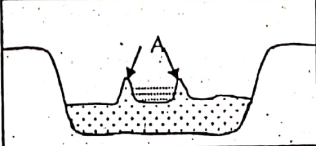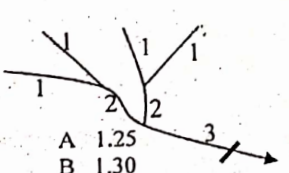A Level Geography Quiz 2018 Part 1
15 QuestionsQuiz Description
“Geography is the subject which holds the key to our future". There has never been a better or more important time to study A level Geography. Dealing with vital issues such as climate change, migration, environmental degradation, social issues. A level Geography is one of the most relevant subjects you could choose to study.
The A level Geography course is often split into human and physical geography even though geography is a very fluid subject with some of the issues overlapping. Examination board provides slightly different topic options within these broad areas
Considering the efforts that students put in, we have also put in an effort to help these students prepare for their upcoming examinations.
What better way to help students than to prepare a quiz for them? This quiz is made up of 15 questions, with the questions selected from the physical geography. Also keep in mind that the questions are based on the past examination.
Good luck!!!
Which is the best combination of atmospheric components whose variation is responsible for different weather conditions?
The process of heat transfer by the spontaneous upward movement of heated air molecules is known as
Which of the rainfall types is a major contributor towards Debunscha’s wetness?
The annual rainfall of town X is less than 250mm per year. Its average day time temperature is 35oC but at night, temperatures fall drastically to -3o town is certainly located in
Most of the rivers or tributaries being harnessed to produce hydroelectric power in Cameroon belong to one of the following drainage basins. Which is the basin?
All of the following are evidences of the drifting of continents except one. Isolate the exception.
Which type of volcanoe or cone is associated with the constructive plate margins?
The Adamawa Plateau and the Western Highlands of Cameroon were created by which of
the following groups of processes?
The most rapid and intense type of If chemical weathering processes occur in which of
the following regions?
Identify-the feature ‘A’ on the diagram below which shows a river flood plain.

The movement of sediments obliquely up the coast, then perpendicularly seawards is called



